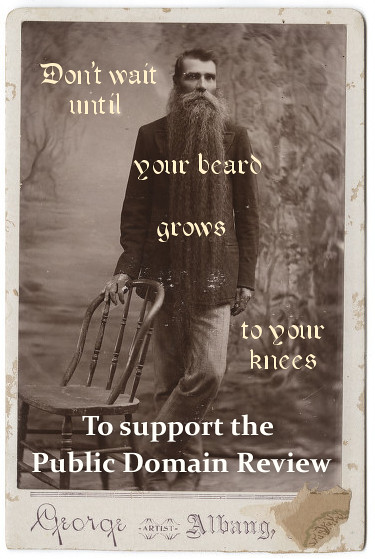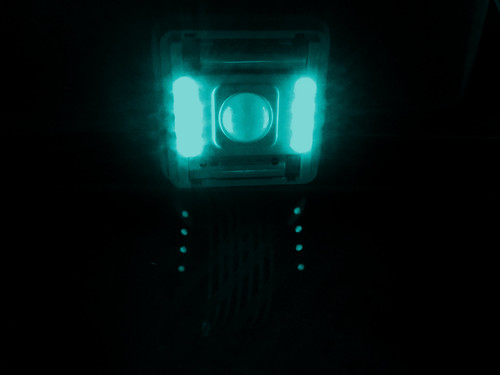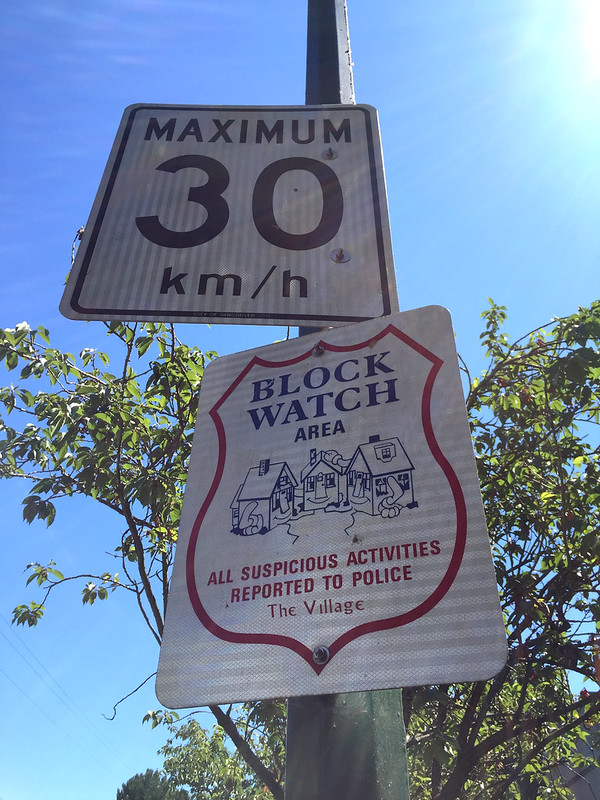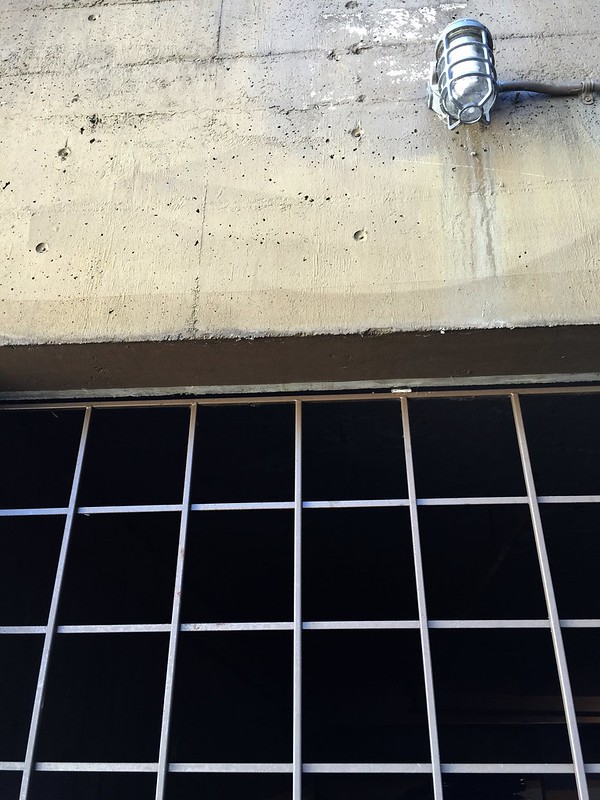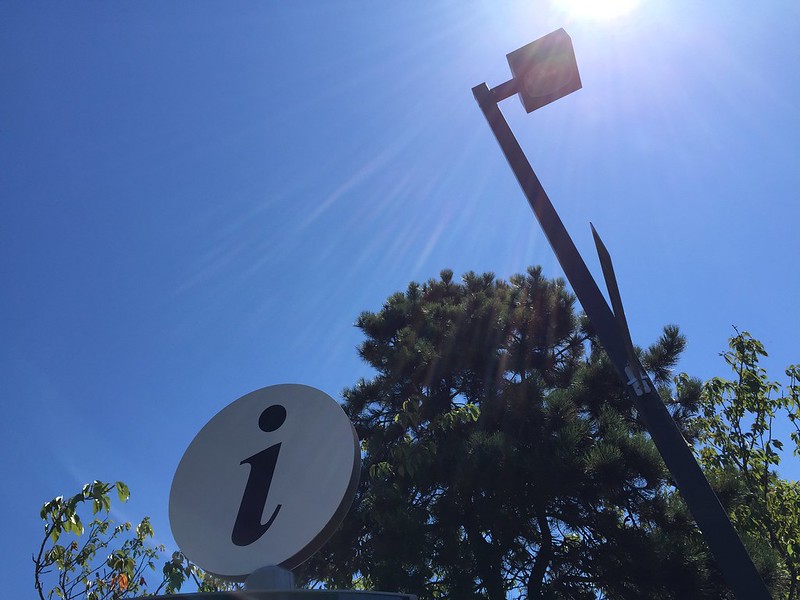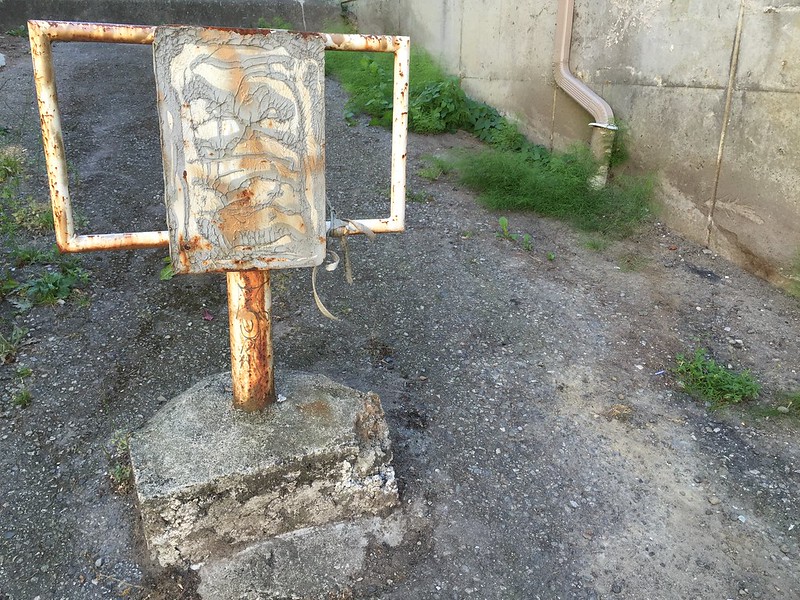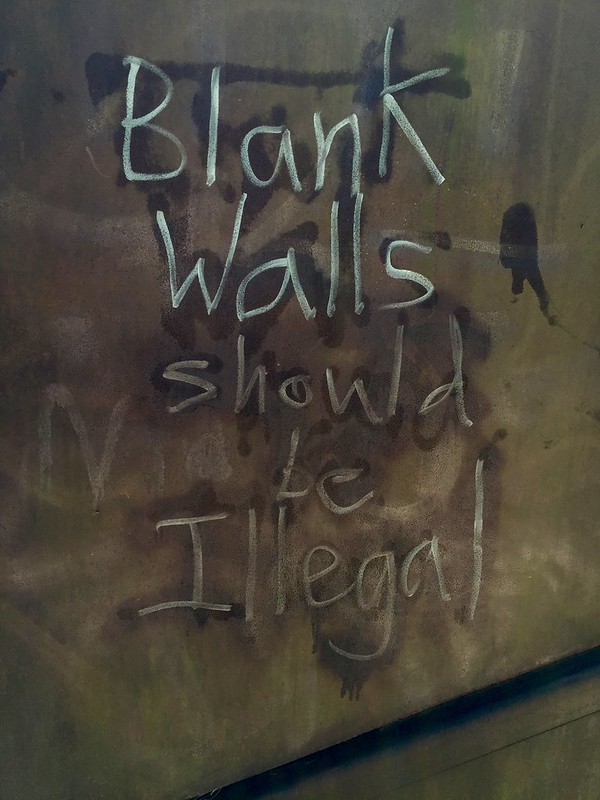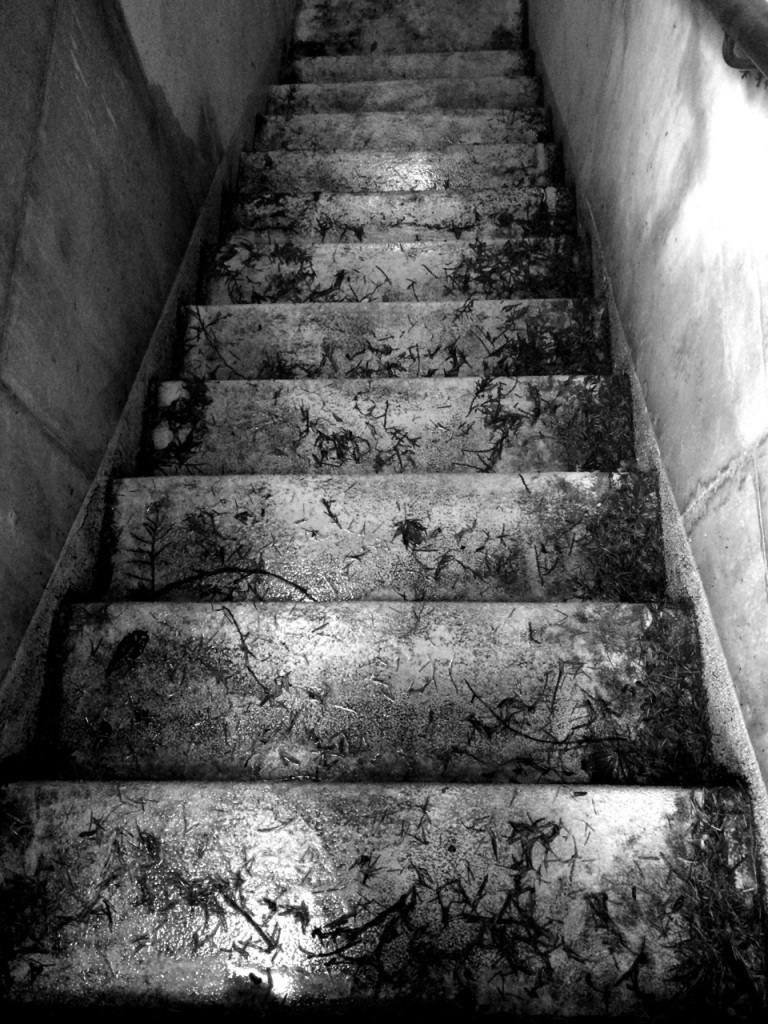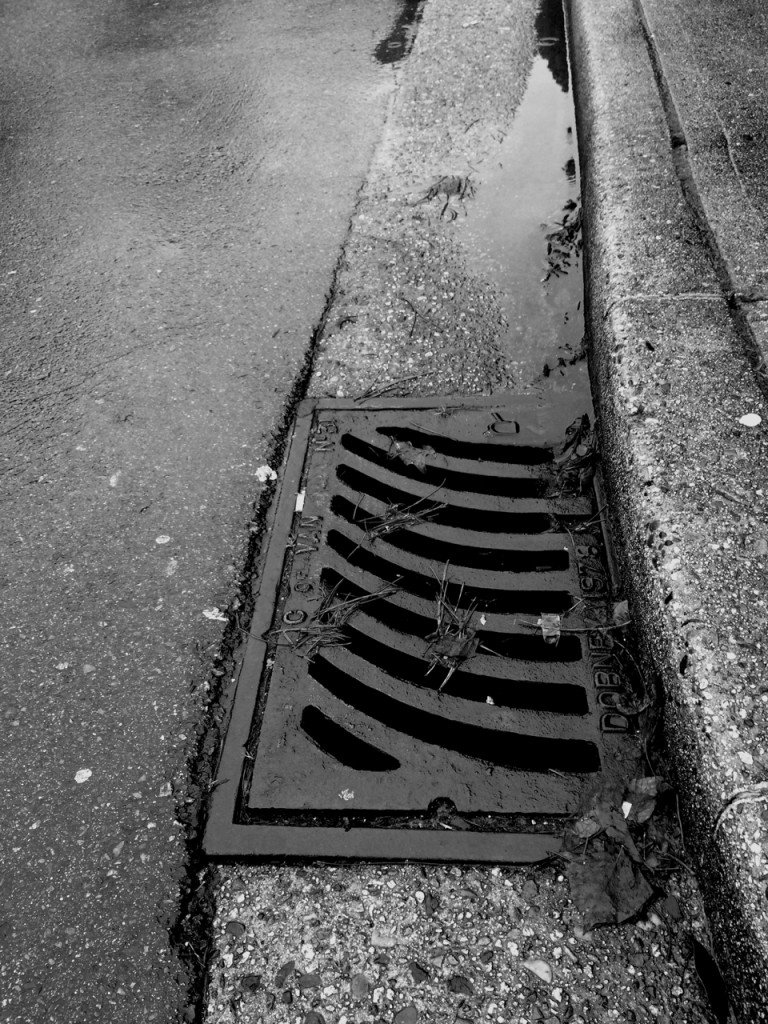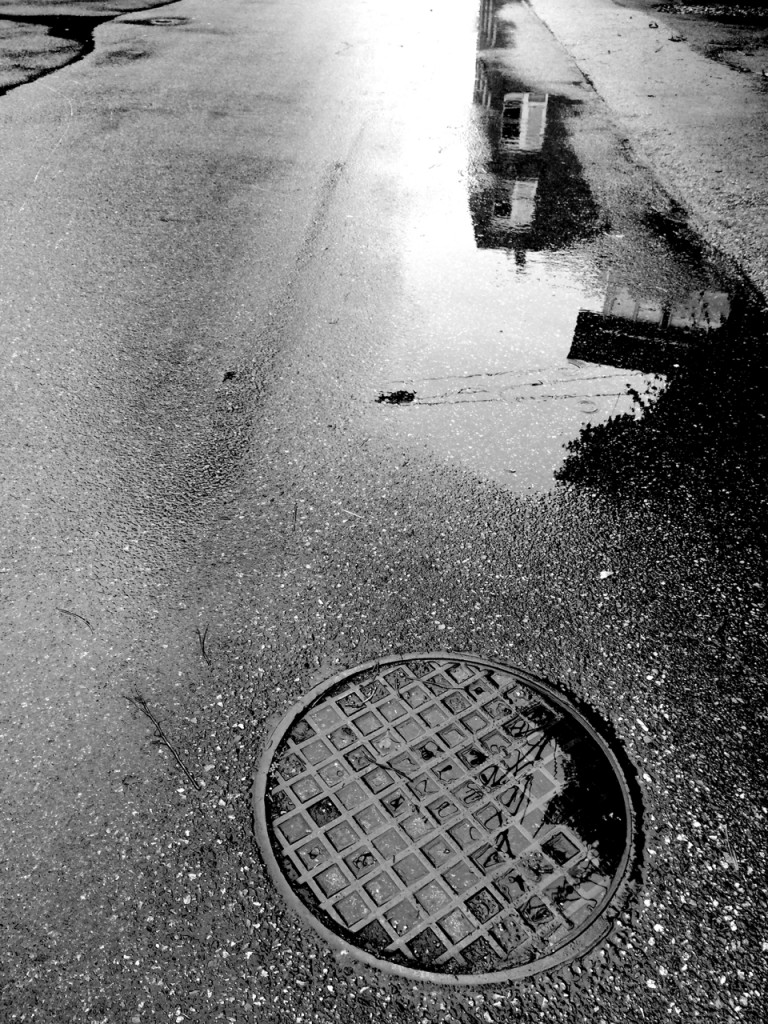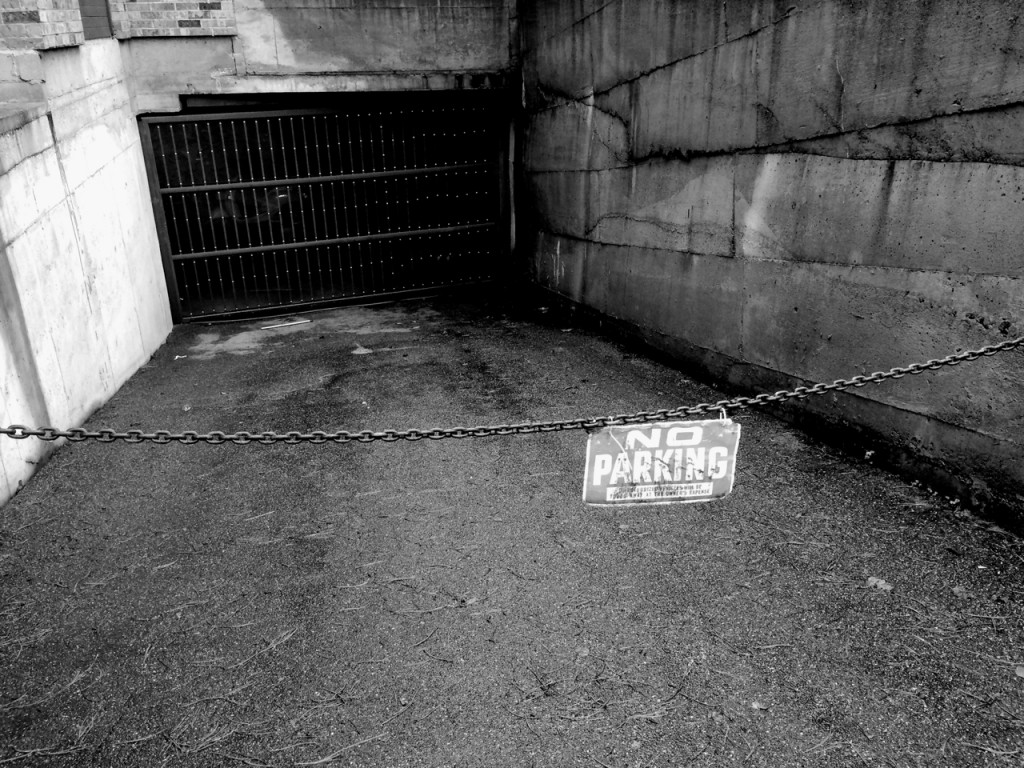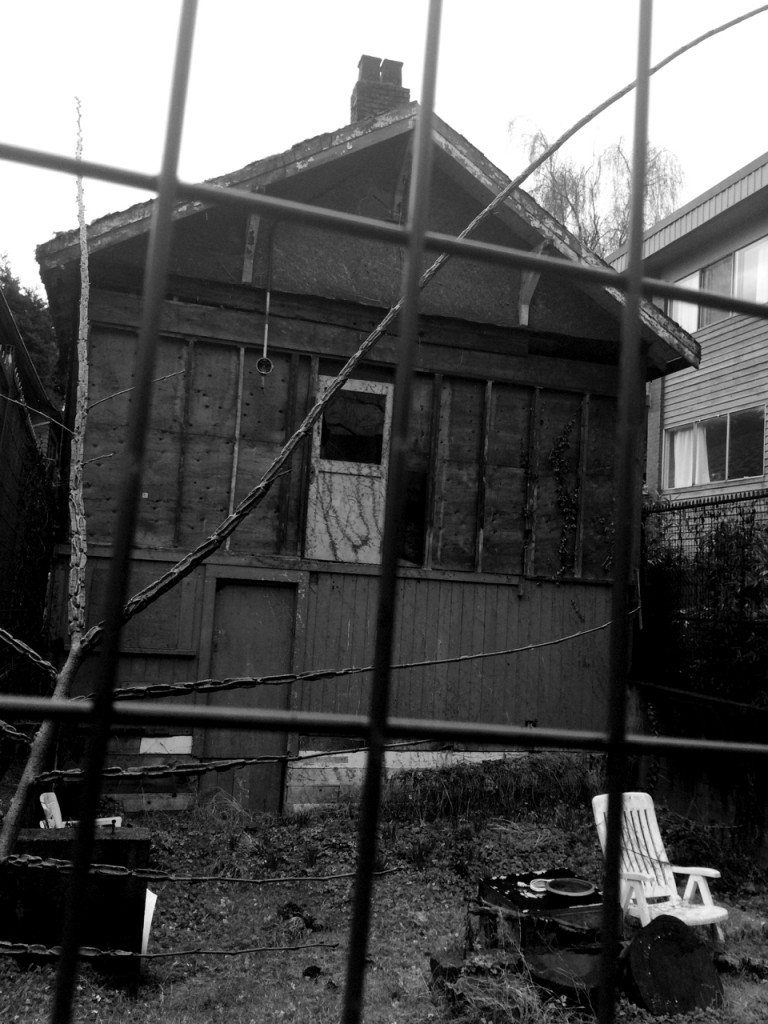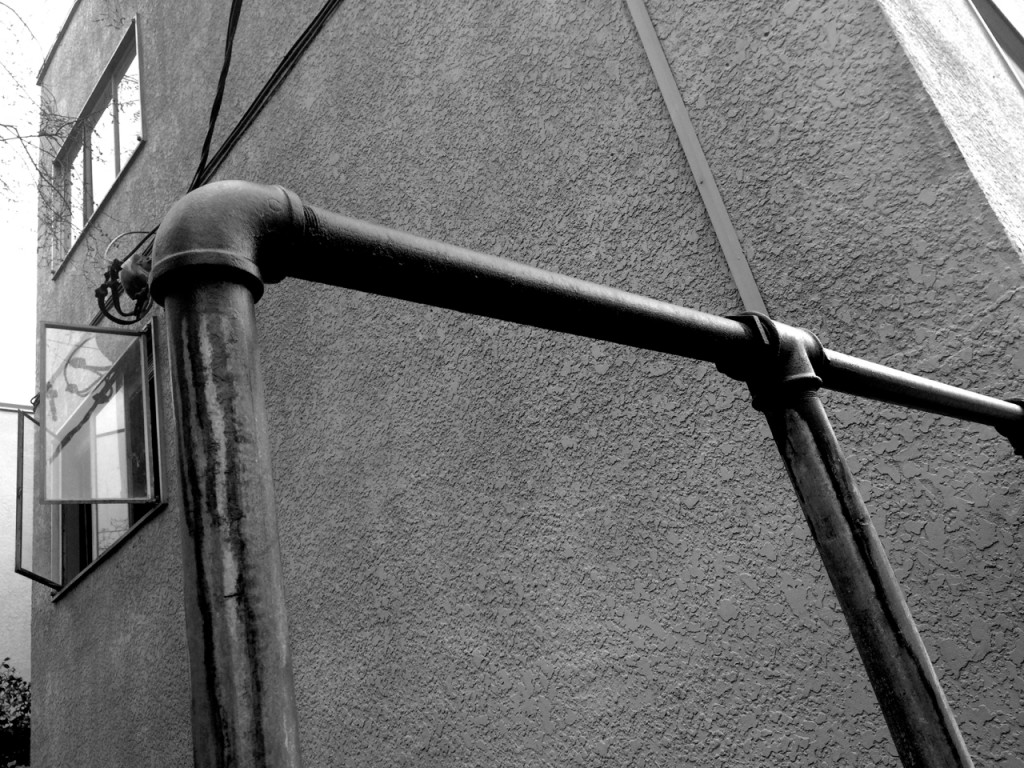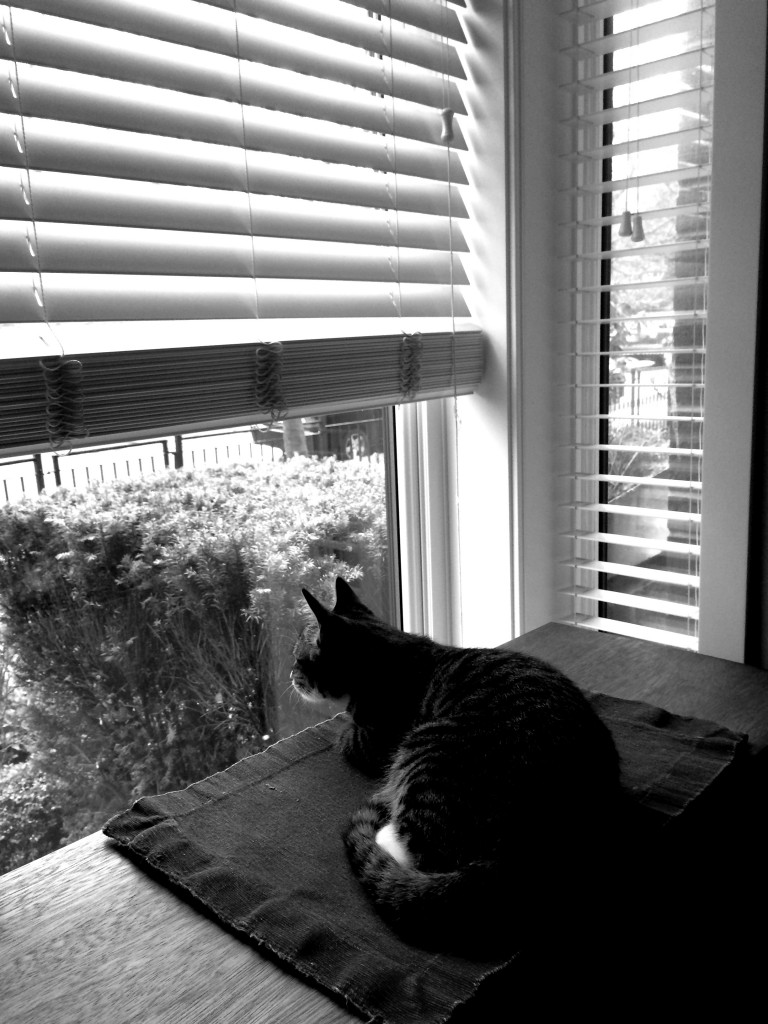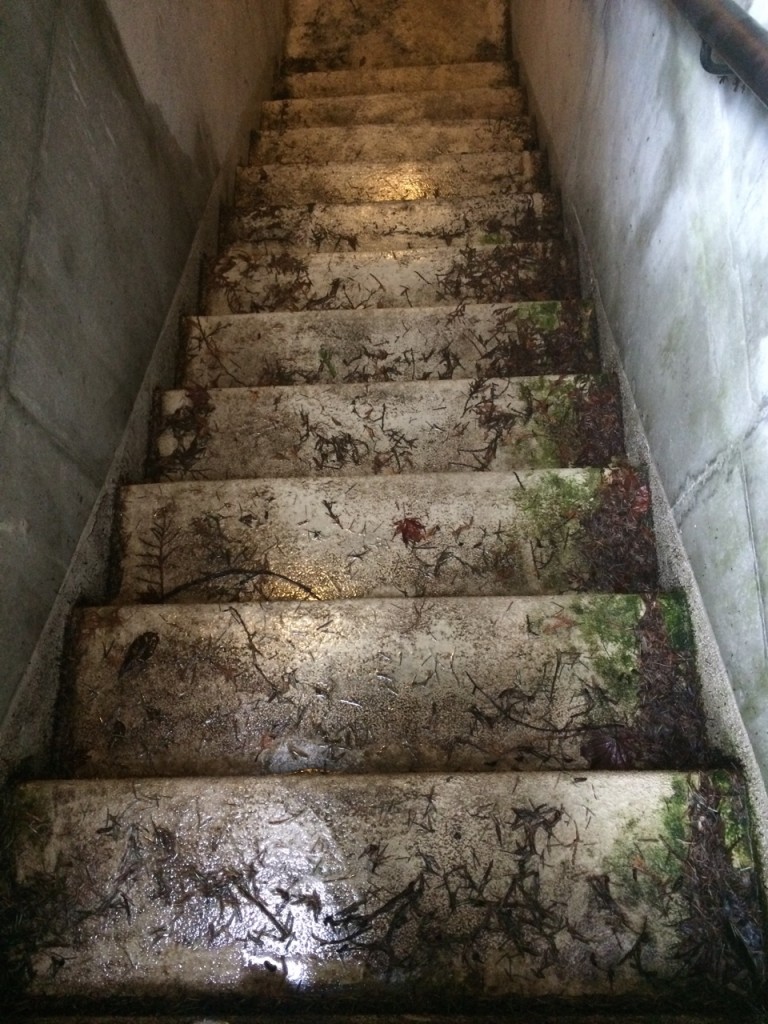One of the assignments for design week for #prisoner106 was to do the “I can read movies” assignment.
I have tried this one before, when I first started doing DS106 back in 2013; this was one of the first things I did in GIMP (not the very first, but I wasn’t that used to GIMP before I tried it). It nearly killed me. I spent all week on that one assignment, and came out with something that only looked sort of like I wanted. The basic design was pretty right on, but it didn’t turn out how I wanted it to.
Here’s my first attempt at this assignment:

And here is the blog post detailing all my woes with it. So many woes there were.
I was really reluctant to do this assignment again, but realized I should get back on that horse and conquer it.
This time I decided to try using a texture layer to make the cover look more like paper. I got the idea from this tutorial about photoshop. I use GIMP, but the basic idea is the same. Then Kathy Onarheim suggested this video tutorial by a former DS106 participant. That one was really helpful because it brought me to see that I needed to put the texture layer on top of the other layers. I had it below the text and other image layers and the effect wasn’t as good.
So here is “I can read tv” 2.0.

I liked the point in this episode that it all hinged on the watch of the guy who was supposed to be in Poland (was it Poland?). Maybe it wasn’t a single hour off, but the saying at the bottom seems catchier with just “an hour.”
Overall I’m pretty happy with this one, much happier than with 1.0.
The process
This one only took me about half the time of the first one (so like 3 days instead of 7!). I learned from the first version that when you try to import images into GIMP and re-colour them, things don’t work out so well. That’s why the hand and glasses on 1.0 are so pixelated. So I didn’t even try that. Instead, I managed to get the black background at the bottom by using a particular layer mode for the texture layer, as explained below.
1. I started with a white background, and downloaded this set of paper textures. The author says you can do whatever the [bleep] you want with them. S/he just asks for a link to what you used them in. Which I’ll try to remember to do when this post is finished.
2. Images used:
- I downloaded the public domain penny farthing image from here. It is posted on the page with the list of The Prisoner episodes on Wikipedia.
- The tv icon is also public domain, from The Noun Project
- I used this image of Big Ben’s clock. It’s by Aldaron and licensed CC-BY-SA 2.0 (thus I have made sure to license my image with a compatible license; I’m pretty sure 4.0 is compatible with 2.0).
- I downloaded the “Share-alike” icon from Creative Commons, to use in place of the “copyright” icon.
3. Fonts used:
- Like with 1.0, I used “Dream Orphanage” from dafont.com for the “I can read tv” logo. I also used it for the “Number” and “1/6” in the box, as well as the tagline at the bottom. I think I also used it for the “copyright” notice on the left.
- For the title of the episode and the “The Prisoner Series” at the top, I used Mermaid from dafont.com.
4. The line and rectangle: I still am not terribly happy with these. They were too heavy in 1.0, and still too heavy in 2.0. I used the “rectangle” selection tool to create a selection and then fill it with the “bucket fill” tool. There’s probably a better way.
5. At first I just created the book cover with the paper background as is, so it looked like that background with the text and images. It felt a little like just a piece of paper rather than a book cover. So I took the advice in the video tutorial linked above and
- desaturated the texture
- played with different “modes” for that layer
The “difference” mode made the black background with the white image of the penny farthing. I liked that, but then had to change the colours of the text because they turned from red to a kind of teal colour. So I recoloured the text teal and then with the “difference” mode they turned red.
5. How I did the clock face:
- opened as a layer
- added alpha channel (right-click the layer, then “add alpha channel”) so it had a transparent background
- selected around the clock face with the circle select tool (the clock face on that image isn’t a perfect circle, but it was pretty close), then used “selection -> invert” to select everything outside the clock face.
- then I used “edit -> clear” to get rid of everything outside the clock face
- scale layer and move to get it the right size and in the right place; I had to use the “eraser” tool to erase around some of the edges so that you could see the outside of the penny farthing wheel around the whole clock face (since it wasn’t a perfect circle to begin with)
- “colorize” the layer teal so it turns red under the “difference” mode for the texture layer
- change the opacity so you can sort of almost see the spokes of the penny farthing behind it
6. Now I had a purely black background, which looked something like this (this is an earlier version, which had the “public domain” icon in the place of the “copyright” icon, before I remembered I had to make this CC BY-SA b/c of the clock image).
But I decided I wanted it to have that off-white top like some of the original “I can read movies” images.
So I had to add some more complications. I just couldn’t leave well enough alone.
7. I added another layer of the paper texture and added an alpha channel (see step 5, above). Then I used the rectangle select tool to select just the part I wanted to have the off-white paper texture behind, and went to layer -> crop to selection. That meant I had a layer that looked like this:
So just the top had the off-white paper texture. Then I had to move the text and line/rectangle layers above it so the paper texture wasn’t covering them.
8. I wanted to make the top, off-white section look more worn and dirty, so I used several grunge brushes I had downloaded for GIMP and played around with size, opacity, colour, etc. I also did some brushwork over the penny farthing b/c it was too white.
9. Lastly, some of the black section was too light, and I wanted it darker. Since it was on “difference” mode, I had to use my brushes with a white colour to get darker patches here and there.




